Bo: Path of the Teal Lotus interview: “I wanted the player to feel completely in control at all times”
It’s got to be pretty scary putting out your first game as a studio, just like Christopher Stair, Creative Director of Bo: Path of the Teal Lotus is about to do. Starting out as a solo developer, before gathering team members such as those who worked on AM2R, there’s an element of pedigree, and excitement surrounding the game, but after playing through the gorgeous looking Metroidvania, I didn’t expect to come away comparing it to the likes of Ori and the Will of the Wisps, such is the quality of the game.
Then again, Humble Games has been on a roll with titles for quite a while. But nonetheless, getting the chance to ask Christopher Stair some questions about the game was an opportunity not to be missed. We touch on working with Humble Games, as well as the inspiration behind Bo: Path of the Teal Lotus, and even how some sections were fine tuned because they were too hard, so let’s get into it.
What is your main inspiration for the game?
Our main inspirations for the game come from several sources. In terms of games, we drew inspiration from Dustforce, Hollow Knight, Ori and the Will of the Wisps, Celeste, and Paper Mario 64. For movies and anime, our influences include Demon Slayer, Mononoke, and Studio Ghibli films.
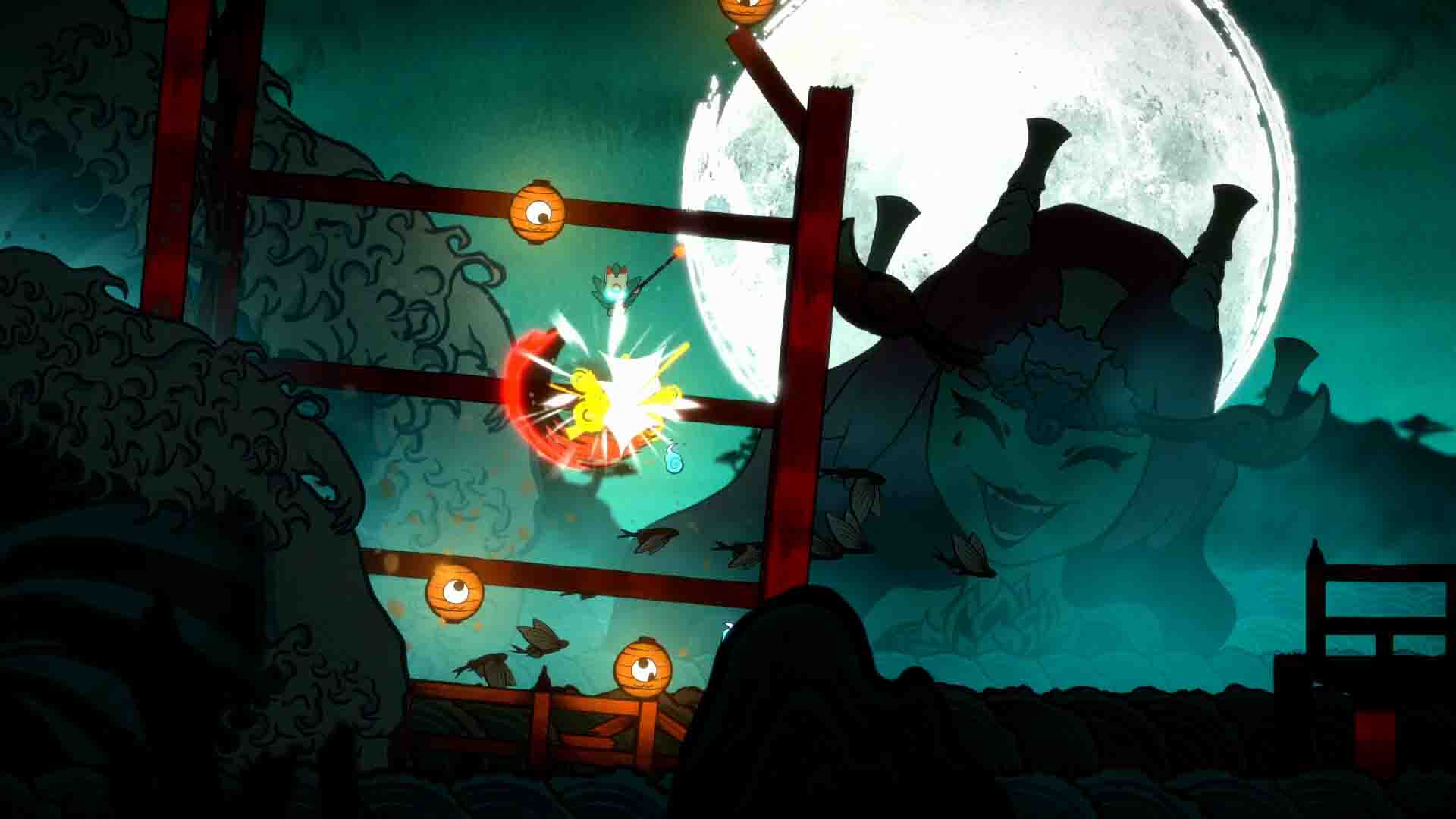
Are you big fans of the Metroidvania genre?
Yes, Hollow Knight, Guacamelee, The Messenger, The Steamworld Dig series, The Ori series ,and Blasphemous are some of my favorites! One of our team members, Milton Guasti actually worked on “Ori and the Will of the Wisps” as a level designer. Milton and Robert Maloney (producer) also worked on “AM2R” together back in the day.
As one of your first games, how did you manage to make the “feel” of the game so good? It’s a hard thing to nail, but Bo just has the right feel to its motion.
I conceptualized the player controller through a lot of research and playing games with “good” player controllers (i.e. intuitive and responsive), I analyzed them deeply and critically. As an avid gamer myself, I focused on designing Bo’s movement to reflect how I wish all platformers were controlled. Air control and staying in the air were prioritized in almost every design decision. Trevor Youngquist, our Lead Programmer, also really got in there and made everything super granular and feel nice and tight.
Other important aspects of the player controller included: no acceleration, variable jump heights with input buffers, interruptible abilities, coyote time, and a consistent dash with an extra bit of skill expression in the “shine dash” component. I wanted the player to feel completely in control at all times and have a sense of agency. The goal was to create an intuitive experience with the controls and physics. While not everything is perfect and some players might have opinions about things like the grounded attacks, we intentionally made some aspects feel sluggish in order to encourage players to stay in the air as much as possible, which is a core design philosophy of the game.
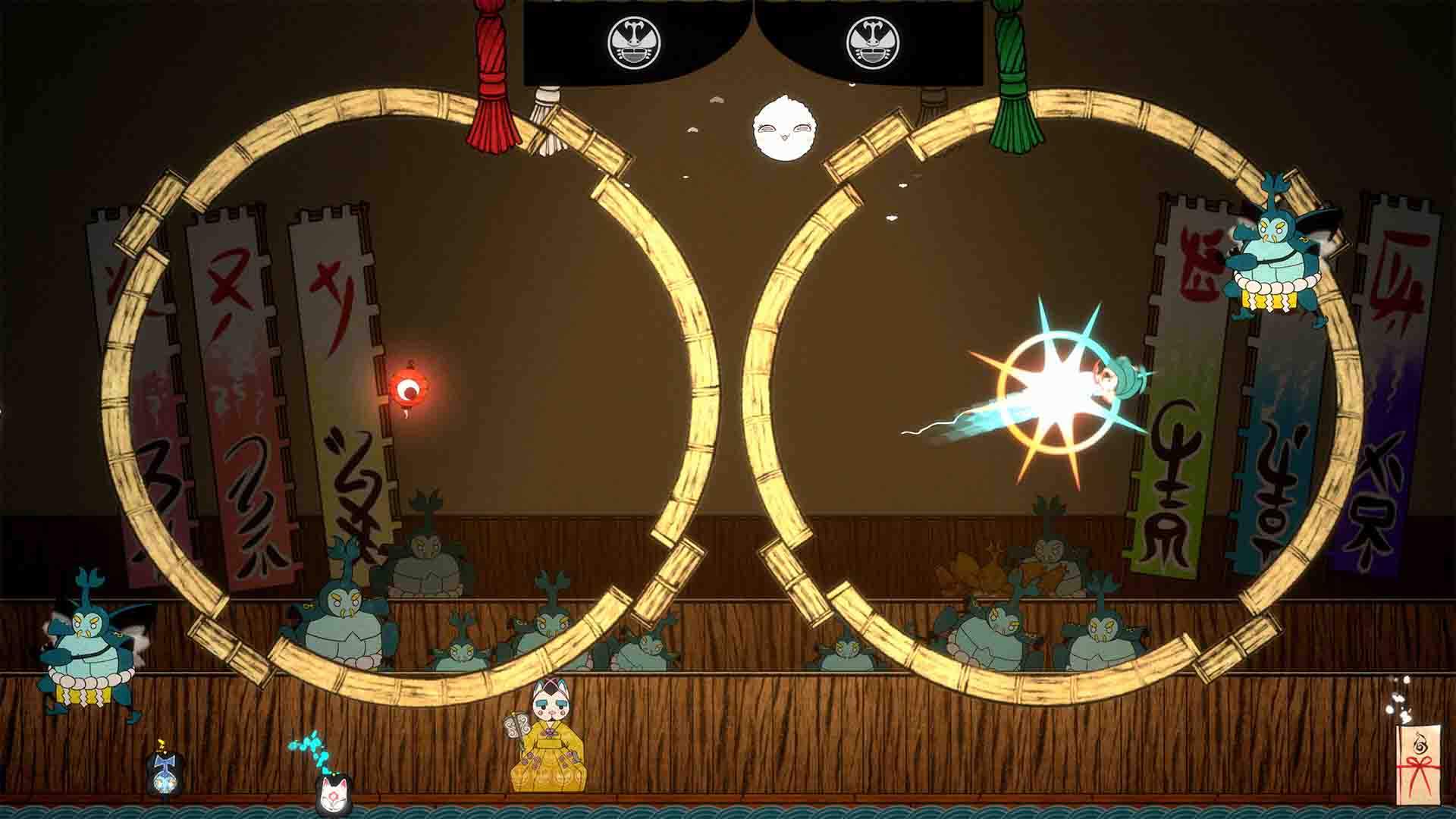
Bo offers a chance for newcomers to the genre to enjoy it, and hardcore fans to challenge themselves. Was that an important ideal, and how did you achieve it?
Yeah, I think a lot of people will look at Bo and think that it looks like an “easy” game because of its cutesy aesthetic and bright colours. While it’s definitely not Elden Ring DLC levels of difficulty, I think players will find that it might be a bit more challenging than meets the eye, and that was always our intention. I like the juxtaposition of the aesthetic with the technical depth, it’s something Hollow Knight and Celeste did really well. With the tech in the game, we aimed for a skill set that is easy to learn but difficult to master, with maximum skill expression and a very high skill ceiling. Players who experiment and engage with certain mechanics will really find something special in what Bo has to offer. They will be rewarded with unique and fun combat and platforming featuring intricate techniques.
There are a lot of techniques that players will need to discover and employ during their playthroughs to really understand the flavour of the movement. It’s a blend of resetting abilities, like in The Messenger or Dustforce, and chaining acrobatic movements and combat, similar to Ori and Guacamelee.
How important was the Steam demo for you? Was it an easy process to arrange? Would you have liked to have console demos?
The Steam demo was very important as it was the first time the general public could see the game. We had a large testing pool due to our Kickstarter backers, who praised the early builds, and it was insightful to see new players’ reactions. We had the demo for about a year before the Next Fest, allowing us to refine it. We would love to have console demos, but the process is more challenging due to the additional certification requirements from the first parties.
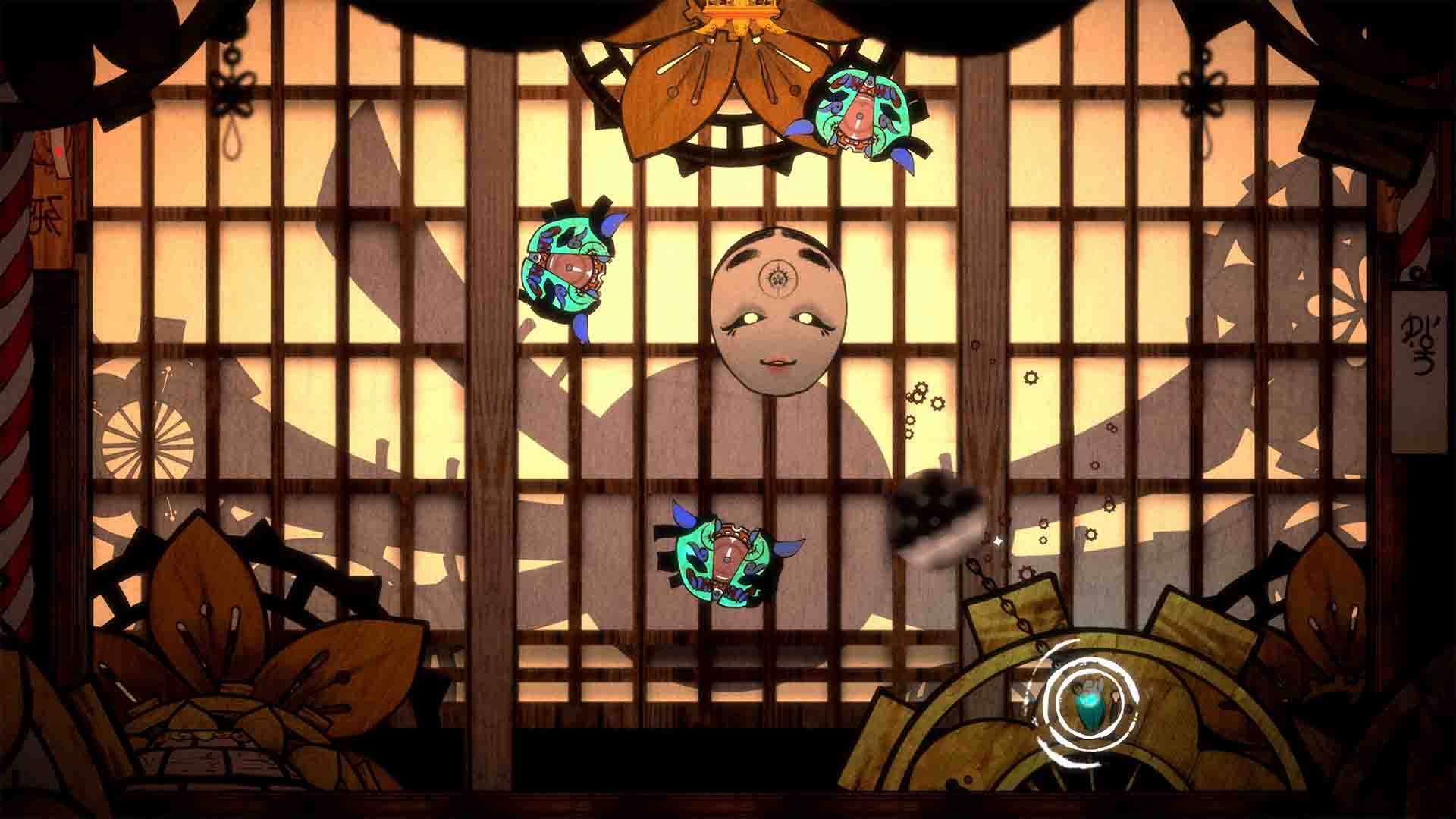
On that note, I notice the kickstarter didn’t quite hit the PS/Xbox goals, but they are happening. What does that mean for the DLC tier?
I cannot confirm or deny the existence of future DLC. But, I think that would be pretty cool and I, of course, have an insane amount of ideas for more content bouncing around in my head non-stop.
What are your hopes for the game? Would you see it as a chance to develop a series, will the next thing be all new?
My hope is that as many people as possible play and enjoy the game. I created this world and characters to give players a memorable experience and potentially come to love the world and its characters. We would love Bo to branch out beyond the game, similar to how Cuphead and Sakuna: Of Rice and Ruin did with their animated series. If the game gains enough of a following, we would like to continue Bo’s story in future games, whether that be in the Metroidvania genre or beyond.
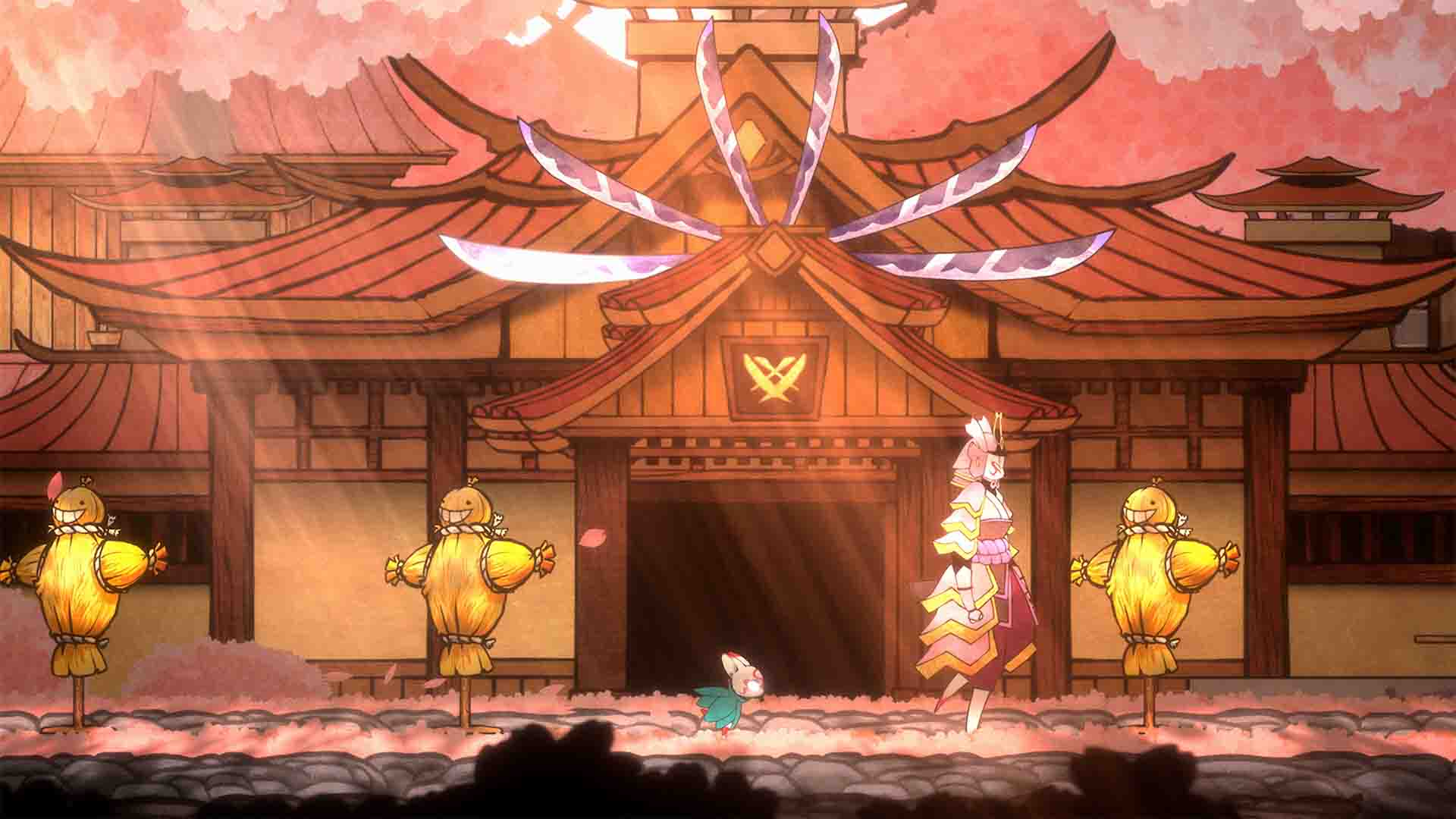
How was it working with Humble for publishing?
It was awesome having a partner like Humble with us along for the ride of creating our first game. Making and shipping a game is like…way more difficult than I could have ever foreseen. It is a miracle that any game ever gets to the finish line, but with Humble at our side it made everything seem so much more manageable. Also, I think Bo fits right at home in the Humble Games portfolio. They have published some of my favourite games of all time like Slay the Spire and there are a lot of games in the pipe that I am super excited for.
The game has a few accessibility options for those who find it a bit too tough, how important was this to you?
Accessibility was super important to us. We want all kinds of players to be able to experience the game obviously while still being able to challenge the insane gamers who demand a level of difficulty that others might not find as palatable. One really unique feature we have in Bo is a time dilator. This slows down the game speed so players can basically play in slow motion. This allows players to have more time to react to things and position themselves for the perfect grapple angles or bump resets.
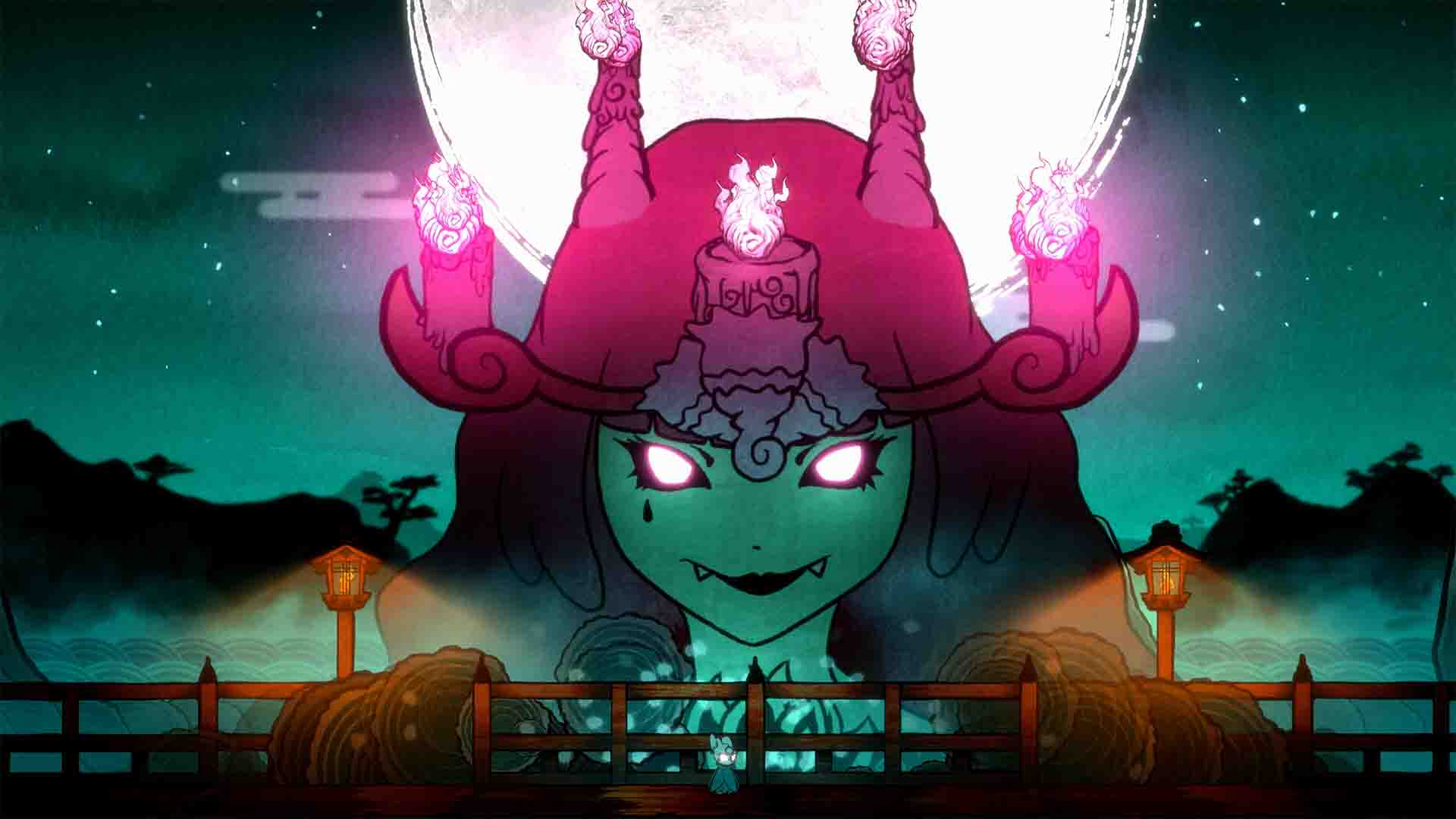
Do you have a favourite boss in the game?
My favourite boss is definitely “The Tengu Trio,” a fight at the end of the Ice Caverns where you face three synchronized bosses simultaneously. This boss was one of the last we made, and by that time, the team had hit its stride. The fight is a beautiful, intricate dance of ability usage and reaction, and we worked hard to make it challenging yet fun.
What would say was the most challenging part of Bo: Path of the Teal Lotus for people to beat?
Without spoiling too much, the penultimate boss was the most challenging. The fight involves a platforming gauntlet chase sequence over three massive screens that you have to complete in one go. Early iterations had poor checkpoints, and only a small percentage of testers reached it due to time constraints. Some testers spent 10+ hours on it, and it was initially over-tuned. It took a lot of time to balance, but we definitely eventually got there. It turned out to be a great and memorable challenge before the game’s final section.
Bo: Path of the Teal Lotus is released on July 18th for PC, Nintendo Switch, PlayStation, and Xbox. Thanks to Christopher Stair for his time.




